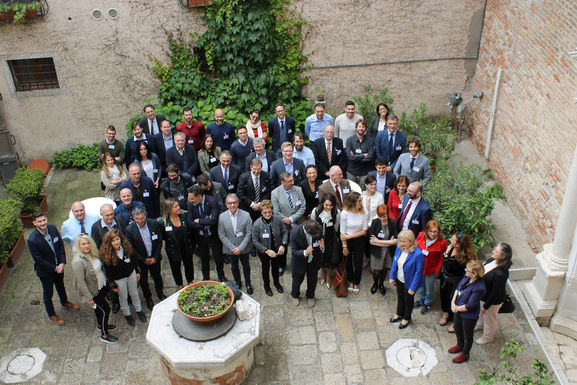The technologies developed have been successfully proven in six pilot projects in Spain, Greece, Belgium, Germany, Ireland and Croatia
Shallow geothermal power is a source of renewable energy available anywhere. It is based on the use of the internal temperature of the earth for air conditioning and hot water production.
Through the development of more efficient heat systems, exchangers and pumps which require less initial investment, we are fostering the use of geothermal power. We have developed a design tool for geothermal plants for expert users, and another for the promotion of its use.
Tool promoting the use of geothermal energy
We have participated in the development of a web tool to help in decision-making, which enables non-expert users to choose the most appropriate geothermal power technology for their facilities. The system uses basic information to make estimated power demand calculations, and the configuration and dimensions of geothermal power systems.
It bases the calculations, among other parameters, on the location, dimensions and type of facilities and includes the different kinds of geothermal power technologies, both the traditional ones and the new technologies developed, in the analysis. As a result, it shows a set of prioritised solutions in accordance with user preferences in terms of price, life cycle, return on investment or the space used by the geothermal plant.
Geothermal power performance
Geothermal systems transfer or extract heat from the earth, depending on whether refrigeration or heating is sought, through a set of collectors (panels) buried in the subsoil, through which a fluid with a high power exchange capacity flows. This liquid constantly circulates thanks to a boost pump between the bottom of the perforation and a heat pump located in the building. In winter, the floor heat is transferred to the interior of the home and the process is inverted in summer, transferring the heat from the building to the land.
Geothermal power depends on the temperature difference that exists between the interior of the earth and its surface, so it is available 24 hours a day, 365 days a year. Its potential is huge, although it has not been exploited sufficiently.
The developments have been carried out within the framework of the Cheap-GSHPs project, which culminated in an international seminar on 22nd and 23rd May 2019 at the UNESCO headquarters in Venice, Italy. The decision-making tool is available at Cheap-GSHPs.

![]()
The CHEAP-GSHPs project has received funding from the European Union Horizon 2020 research and innovation programme by virtue of grant agreement Number 657982.
Further information
Amaia Castelruiz (647 402 337)

